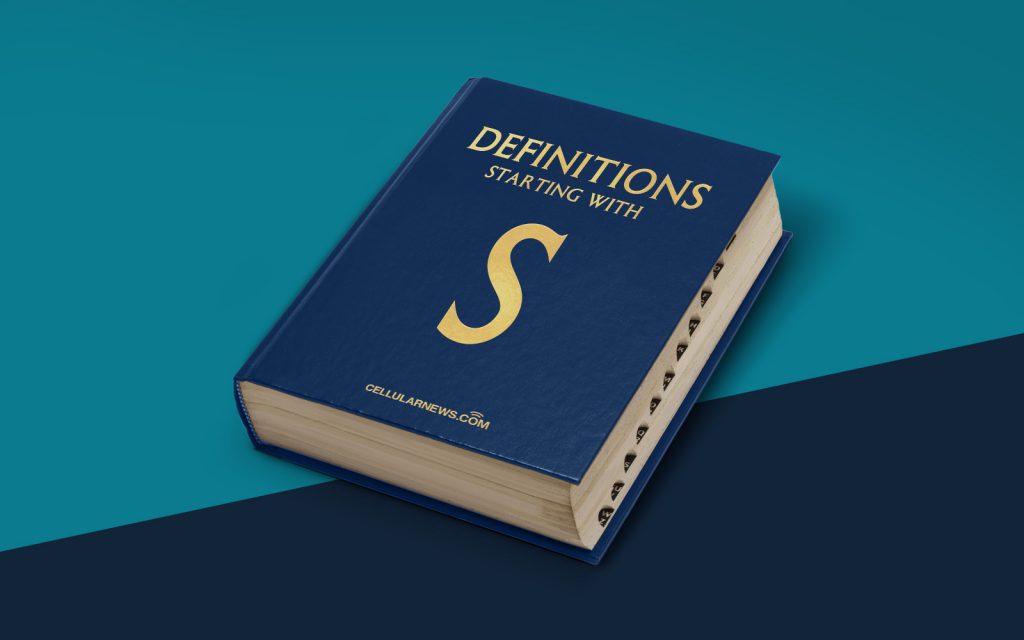
What is Skeletal Animation?
Welcome to another installment of our “DEFINITIONS” series, where we break down complex terms in the world of animation into simple, easy-to-understand explanations. Today, we’re diving into the captivating world of skeletal animation, a technique widely used in video games and computer-generated films.
So, what exactly is skeletal animation? In a nutshell, it is a method used to bring characters and objects to life by using a series of interconnected bones, also known as a skeleton, along with inverse kinematics (IK) to manipulate the movement of these objects. Skeletal animation allows for realistic and natural movements by animating the bones rather than animating each vertex individually.
Key Takeaways:
- Skeletal animation is a technique used to animate characters and objects by manipulating interconnected bones.
- It allows for realistic and natural movements by animating the bones rather than animating each vertex individually.
How Does Skeletal Animation Work?
Imagine you want to create a character walking across the screen in a video game. Instead of painstakingly animating every frame of the character’s movement, skeletal animation simplifies the process by using a pre-defined skeleton. This skeleton is made up of interconnected bones, each with its own rotation and position.
Using inverse kinematics, the animator manipulates the skeleton’s bones to create the desired movement. By changing the positions and angles of the bones, the animator controls how the character’s limbs and joints move. The animation software then calculates the position and rotation of the vertices (points) in the character’s mesh based on the movements of the bones.
Skeletal animation also allows for more efficient storage and rendering of animations. Instead of storing each frame individually, only the keyframes, which contain the poses of the skeleton at specific points in time, need to be stored. The animation software then interpolates between these keyframes to create a seamless animation.
The Benefits of Skeletal Animation
Skeletal animation offers several advantages over other animation techniques:
- Natural and Realistic Movements: By manipulating the underlying bones, skeletal animation allows for more natural and realistic movements, giving characters a lifelike appearance.
- Save Time and Effort: Animating characters or objects with skeletal animation is much faster and easier compared to other methods that require animating each vertex individually. This allows animators to focus on the overall movement and behavior of the character rather than getting lost in the details.
- Efficient Storage and Rendering: Skeletal animation requires less storage space compared to other techniques since only keyframes need to be stored. This also leads to faster rendering times, as the animation software only needs to calculate the position and rotation of the vertices based on the movements of the bones.
- Flexibility and Control: By manipulating the bones, animators have greater control over the movement and behavior of characters or objects. This flexibility allows for a wide range of animations, from subtle facial expressions to dynamic action sequences.
In conclusion, skeletal animation is a powerful technique that brings characters and objects to life by manipulating interconnected bones. It offers natural and realistic movements, saves time and effort for animators, ensures efficient storage and rendering, and provides flexibility and control in creating captivating animations.
We hope this “DEFINITIONS” article has shed some light on the fascinating world of skeletal animation. Stay tuned for more informative posts as we continue exploring the realms of animation and beyond!
